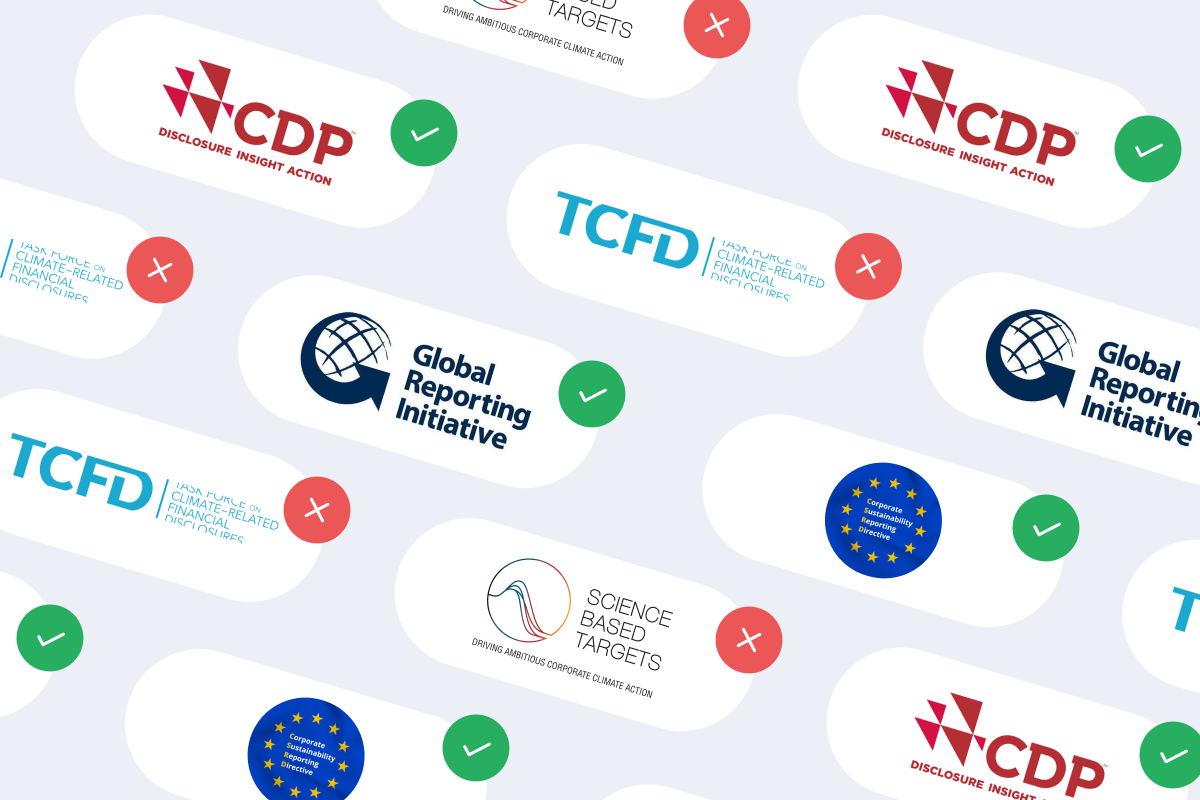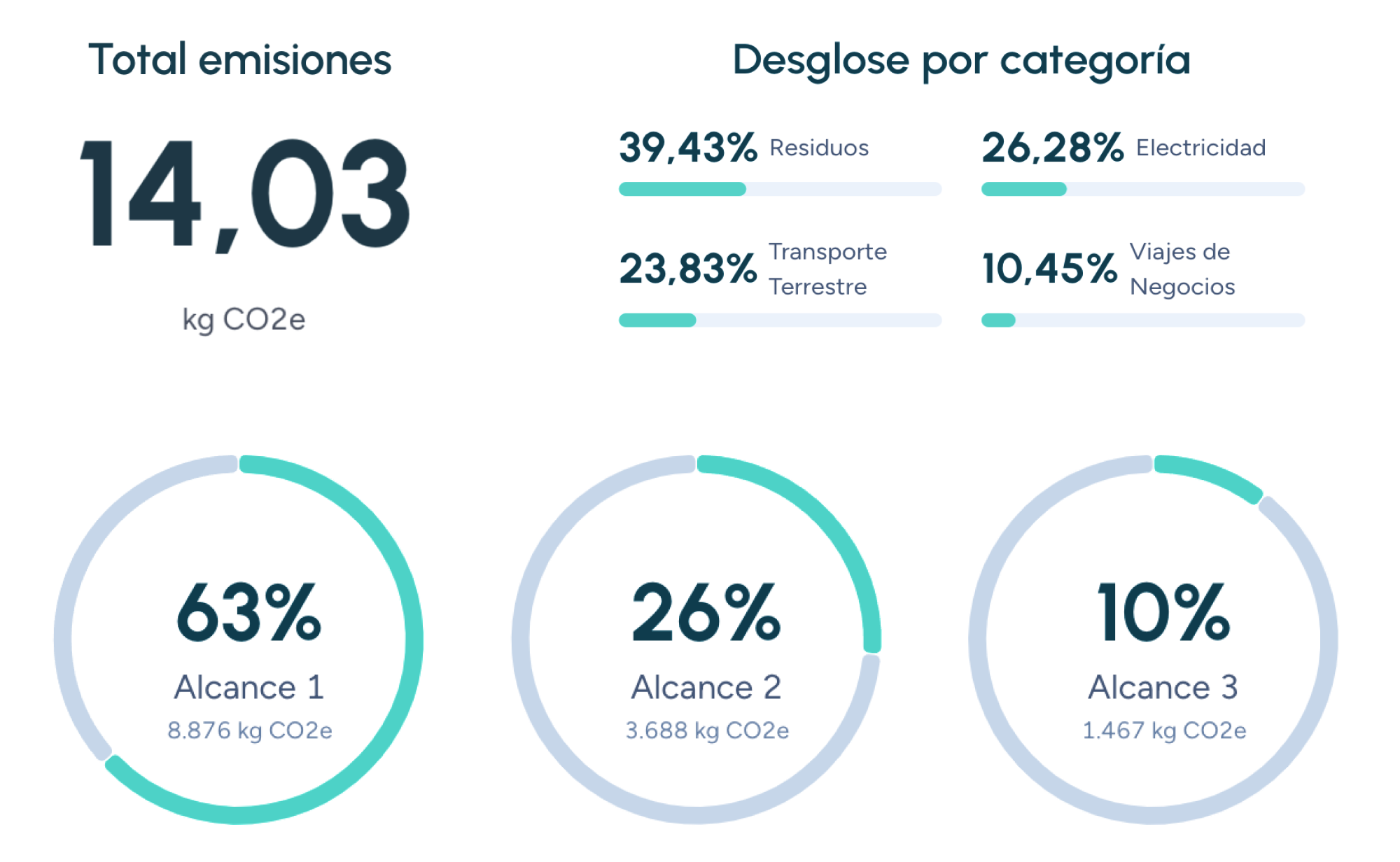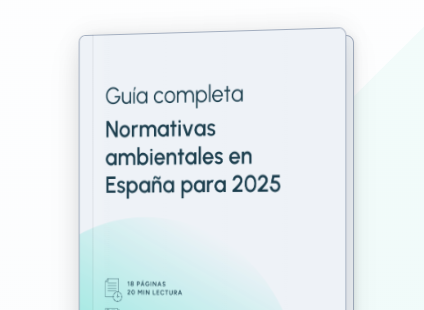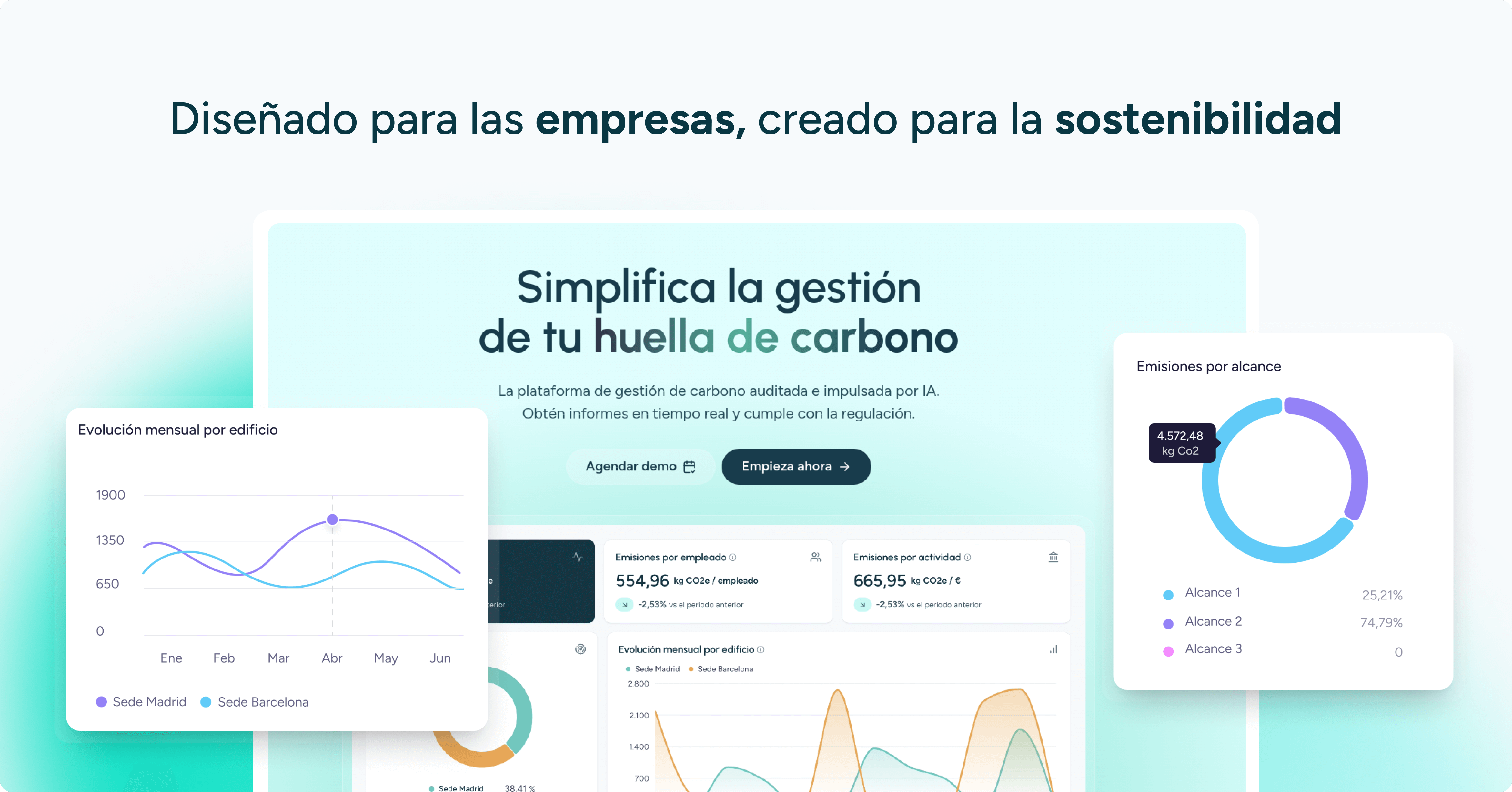Carbon Balance
The carbon balance is an essential tool in the transition toward a low-emission economy. It provides an integrated quantification of the greenhouse gas (GHG) emissions generated by an organisation, product or territory, along with the absorptions or reductions achieved, with the aim of determining the net carbon outcome.
Its application is key for assessing the contribution to climate change, guiding decarbonisation strategies and demonstrating progress toward climate neutrality—one of the major goals established by the Paris Agreement and the European Union’s 2050 climate targets.
Definition
A carbon balance is the result of subtracting the GHG emissions produced within a reference system (company, product, city, country) from the natural or induced absorptions (sinks, offset projects, technological capture).
When the balance is zero or negative, the system is considered climate-neutral.
Scope of the Carbon Balance
- Corporate: direct operations, purchased energy and value chain emissions (Scopes 1, 2 and 3 of the GHG Protocol).
- Product-level: full life cycle (raw material extraction, production, transport, use and end of life).
- Territorial or national: emissions inventories and forest or marine absorptions.
- Specific projects: construction, events, infrastructure.
Standards and Reference Frameworks
- GHG Protocol: main global standard for emissions inventories.
- ISO 14064-1: specification for organisational GHG quantification and reporting.
- ISO 14067: focused on product carbon footprinting.
- PAS 2060: carbon-neutrality certification based on carbon balance.
- Regulation (EU) 2021/1119 (European Climate Law): establishes EU climate neutrality by 2050.
- Spain’s Climate Change and Energy Transition Law (Law 7/2021).
How to Calculate the Carbon Balance
- Identification of emissions
- Direct (Scope 1): on-site combustion, industrial processes.
- Indirect (Scope 2): purchased electricity, heat or steam.
- Other indirect (Scope 3): transport, suppliers, product use and end of life.
- Quantification
- Application of emission factors (e.g., IPCC, MITECO).
- Use of approved calculation software and recognised databases.
- Identification of absorptions and reductions
- Natural: forests, agricultural soils, wetlands.
- Technological: carbon capture and storage (CCS).
- Offsets: certified renewable-energy or reforestation projects.
- Determination of the net balance
- Comparison between emissions and absorptions.
- Definition of progressive reduction targets.
Benefits of a Carbon Balance
- Environmental: real emission reductions and protection of natural sinks.
- Economic: energy efficiency, lower energy and transport costs.
- Social: enhanced reputation and transparency for customers and investors.
- Strategic: readiness for future regulations and access to green finance.
Current Challenges
- Measurement of indirect emissions (Scope 3): often more than 70% of total footprint.
- Availability of reliable data across global supply chains.
- International standardisation: multiple methodologies yield diverging results.
- Greenwashing risk when offsets replace internal reductions.
Connection with the Circular Economy
The carbon balance is directly linked to the circular economy through:
- Low-impact product design.
- Reuse and recycling that avoid emissions from resource extraction.
- Renewable energy replacing fossil fuels.
- Logistics optimisation to reduce transport emissions.
Conclusion
The carbon balance is a strategic tool for measuring and managing the climate impact of organisations, products and territories.
Its proper implementation not only demonstrates climate-neutrality commitments but also boosts operational efficiency, innovation and transparency.
In Spain and across Europe, its mandatory use is expanding as part of climate policy, making the carbon balance a key pillar of corporate and territorial sustainability.
Ultimately, calculating and publishing a reliable, verifiable carbon balance is an essential step toward a decarbonised and resilient economy.
Companies that already trust manglai














Carbon Leakage
Carbon leakage is a phenomenon in which greenhouse gas (GHG) emissions shift from a region with stricter environmental regulations to another with more lenient standards.
Climate Impact
Climate impact refers to the direct or indirect effect that an activity, product, service or policy has on the Earth’s climate system, primarily through the emission or absorption of greenhouse gases (GHGs).
Climate change
Climate change is a global warming phenomenon caused by the increase in greenhouse gas emissions, leading to significant environmental and social consequences and requiring mitigation and adaptation efforts at a global level.
Guiding businesses towards net-zero emissions through AI-driven solutions.
© 2025 Manglai. All rights reserved
Política de Privacidad


